Joseph Lawless
"Now, we thought, our chance had come. A war in Europe would so distract the forces of the enemy that surely this was an opportunity to strike for freedom. In Fingal, such talk was on every lip."
- Jospeh Lawless
Joseph Lawless was born in 1897, into the renowned Lawless family of Saucerstown in Fingal, North County Dublin. Inspired by his family traditions, Joseph became interested in the Nationalist movement at a young age and was an active member of various Nationalist organisations, both political and cultural, including Na Fianna, The Gaelic League and the GAA. The young Joseph Lawless also developed a passionate interest in Irish History, which stayed with him for the rest of his life.
In 1914, while living in Dublin as an engineer’s apprentice, Lawless joined the Irish Volunteers. He was a member of ‘C’ Company of the 1st Battalion, Dublin Brigade, and was with his company when they went to Howth on the 26th of July, 1914, to take part in the landing of arms from the yacht Asgard, during the Howth Gun-running. In 1915, Joseph became a Lieutenant in the Swords Company of the 5th Battalion, taking part in numerous exercises and events across the country, including the funeral of Jeremiah O’Donovan Rossa at Glasnevin Cemetery, Dublin. Later that year, he was sworn into the IRB by his father, Frank Lawless.
In 1916, aged 20, he acted as a motorcycle courier for the battalion staff in the lead up to the Rising. On Easter Sunday, he travelled through a tense Dublin city to Liberty Hall, where he sought instructions from James Connolly. Connolly told him that ‘’all was off for the moment, but to hold in readiness for action at any time’’. On Easter Monday, Lawless' father Frank received the order, brought by his sister Mary to Saucerstown, from Pádraig Pearse to; ‘’Strike at one o’clock today’’.
While the rest of the Fingal Brigade mobilised at Knocksedan, Joseph Lawless met up with the Lusk Company to carry out an attack on the Rogerstown Viaduct. He fearlessly rode Thomas Ashe's motorcycle, strapped with 50 pounds of unstable gelignite, to the bridge at Rogerstown, before laying the explosive on the tracks. While the bomb did no real damage to the rail network, it managed to put it out of action for a short time. Lawless returned to the 5th Battalion camp at Finglas Glen and was given command of one of the sections in the reorganised battalion. He played a significant role in the ensuing attacks on the Swords and Donabate RIC barracks, as well as the seizure of Garristown Barracks.
On Friday the 28th of April, he fought throughout the five hour long Battle of Ashbourne, during which he led a section of Volunteers in flanking to the rear of the RIC's motorised column. After the battle, Lawless was amongst the first to take charge of the surrendering RIC men. A keen amateur photographer, he carried with him a Vest Pocket Kodak camera with which he photographed the aftermath of the battle. Unfortunately, the camera and its invaluable photographs were lost after the battle when Joseph hid it, along with his rifle, before the battalion's surrender at Newbarn. Following the Rising, he was sent to Knutsford Prison in England and was eventually transferred to Frongoch Internment Camp in Wales were he endured a bitterly cold winter before being release just before Christmas 1916.
Lawless returned to Ireland aftetr his release and was active in the reorganisation of the Volunteers in the Fingal area, as well as taking part in the anti-conscription campaign and the December 1918 General Election. In 1919, during the Irish War of Independence, he took part in the hugely successful arms raid on Collinstown Aerodrome. As Brigade Engineering Officer, he was involved in the production of bombs and other ordinance for the companies in North County Dublin. He also set up two front companies, one a bicycle shop, Herron and Lawless, at 198 Parnell Street, and the other a motor Rental Company, both of which he used as a cover for his military work as well as supplying cars to the Dublin Brigade.
In 1921, Joseph was interned at the Rath Internment Camp in The Curragh, County Kildare, where he took another set of invaluable historic photographs, doing so covertly, which are part of the National Museum's collection. Following his escape from Rath Camp, Lawless took a Pro-Treaty stance and joined the Free State Army, eventually rising to the rank of Colonel. He was a prime mover in the Bureau of Military History Witness Statements programme, which became an invaluable source of information on the Revolutionary Period in Irish History 1913 to 1921. In December 1954, he contributed his own story to the programme with a superb 418 page Witness Statement on his involvement in the struggle for Irish independence. He died on the 3rd of August 1969.
- Written by historian Tóla Collier, who features in Fingal's Finest. For more information, please visit the Battle of Ashbourne Centenary Committee webpage.


